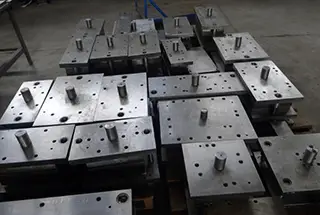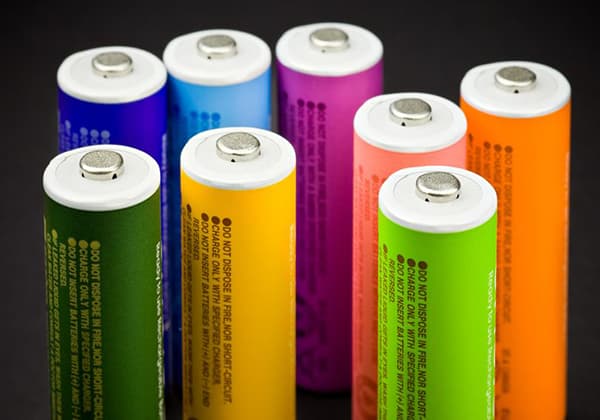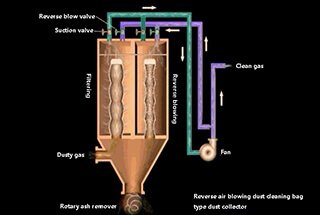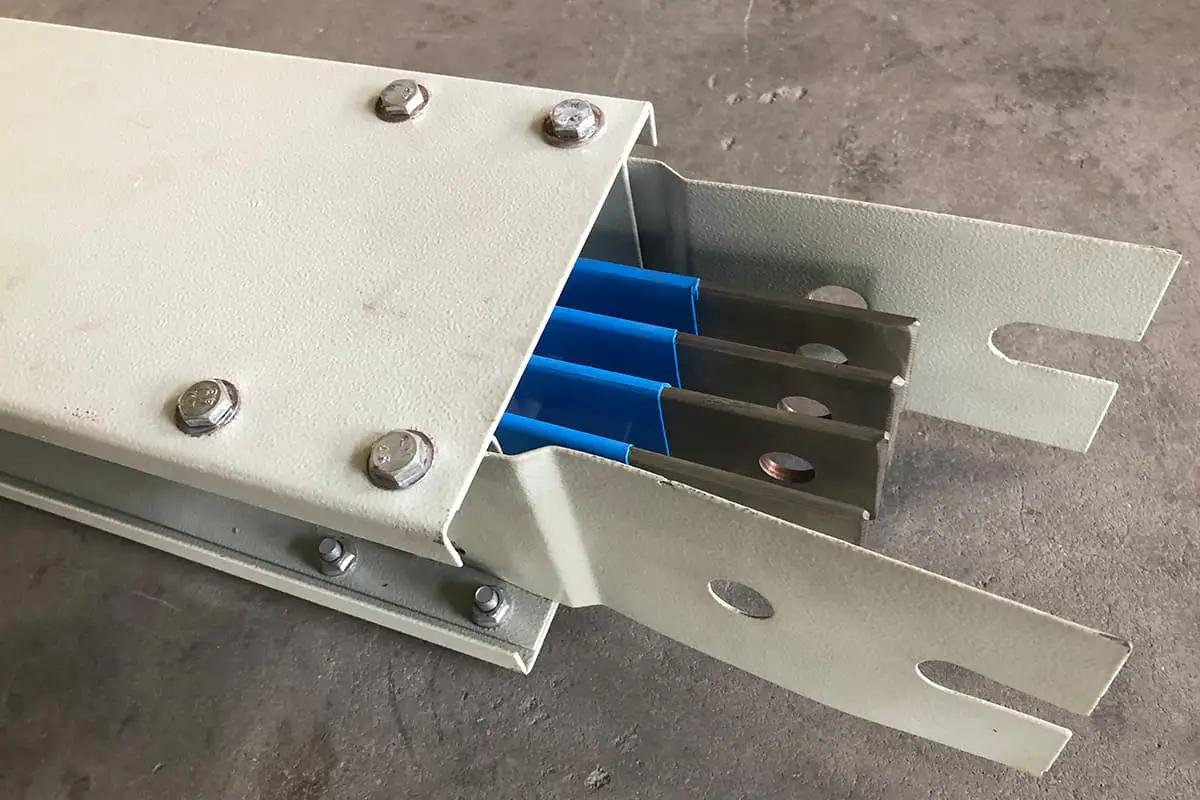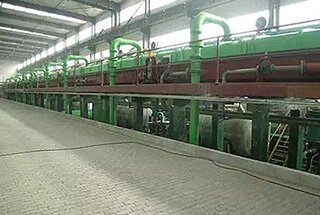
What makes certain materials ideal for electrodes in welding and electrical applications? This article delves into the properties of various electrode materials such as Chromium Zirconium Copper, Beryllium Copper, Aluminum Oxide Copper, Tungsten, and Molybdenum. It explains how their unique characteristics—like conductivity, hardness, and resistance to wear—impact their performance and suitability for different industrial uses. By reading, you’ll understand how to select the best material for specific welding needs, balancing performance and cost.
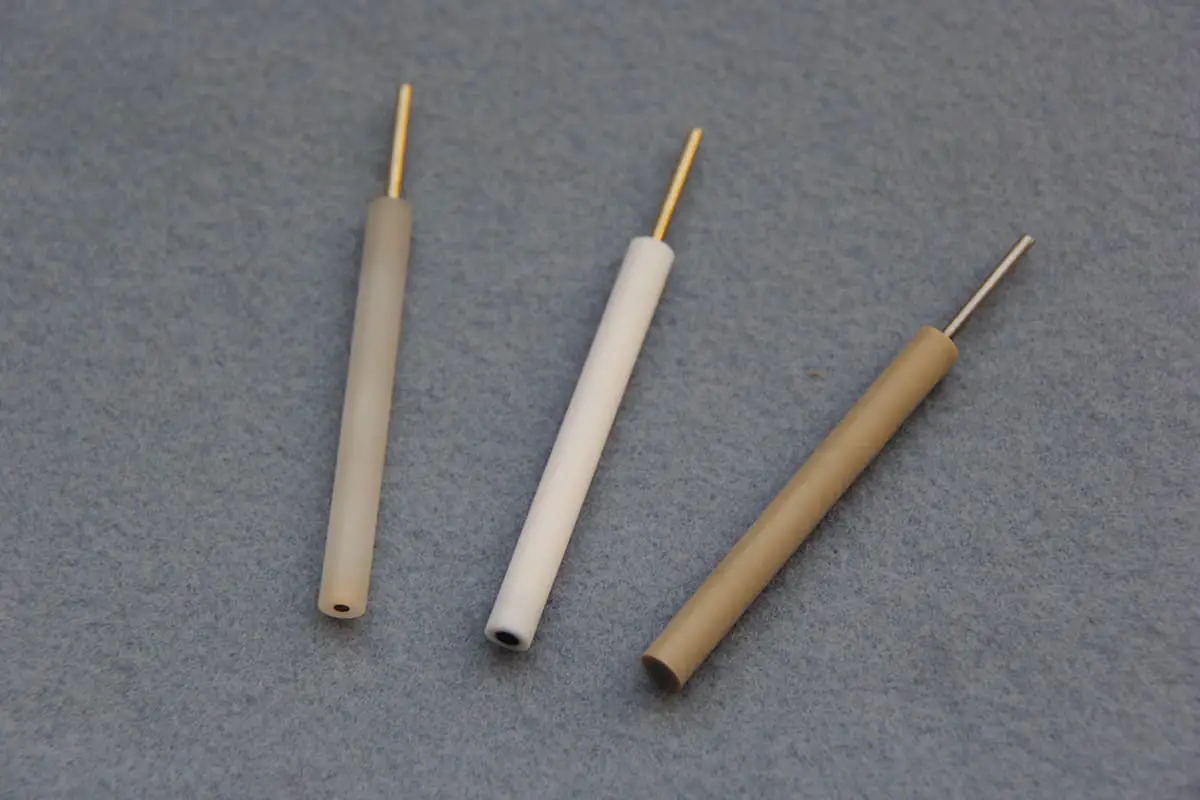
Chromium Zirconium Copper (CuCrZr) is the most commonly used material for resistance welding electrodes, determined by its excellent physicochemical properties and cost-effectiveness.

1) The Chromium Zirconium Copper electrode achieves a good balance in four performance indicators for welding electrodes:
★ Excellent conductivity ensures the impedance of the welding circuit is minimized, resulting in high-quality welding.
★ High-temperature mechanical properties – a higher softening temperature ensures the performance and lifespan of the electrode material under high-temperature welding conditions.
★ Wear resistance – the electrode is not easily worn, extending its lifespan and reducing costs.
★ Higher hardness and strength – ensures the electrode head does not easily deform under certain pressures, guaranteeing welding quality.
2) Electrodes are consumable items in industrial production and are used in large quantities. Thus, their price and cost are important considerations.
Given its superior performance, Chromium Zirconium Copper electrodes are relatively inexpensive and can meet production needs.
3) Chromium Zirconium Copper electrodes are suitable for spot welding and projection welding of carbon steel plates, stainless steel plates, and coated plates.
Chromium Zirconium Copper material is suitable for manufacturing electrode caps, electrode links, electrode heads, electrode handles, special projection welding electrodes, welding wheels, conductive nozzles, and other electrode parts.
Compared to zirconium copper, beryllium copper (BeCu) electrode material boasts higher hardness (reaching HRB95~104), strength (up to 800Mpa/n/mm2), and softening temperature (up to 650℃). However, its electrical conductivity is significantly lower, which is less desirable.
Beryllium copper (BeCu) electrode material is suitable for welding parts of sheet metal that are under considerable pressure, as well as harder materials, such as the seam welding wheels used for weld seam welding.
It is also used for some high-strength electrode components like crank electrode connecting rods, and transformers used by robots, due to its excellent elasticity and thermal conductivity. It is very suitable for manufacturing welding collet for stud welding.
Despite its high cost, beryllium copper (BeCu) electrode is often categorized as a special electrode material.
Aluminum Oxide Copper (CuAl2O3), also known as Dispersion Strengthened Copper, exhibits higher strength (up to 600Mpa/n/mm2) compared to Zirconium Copper.
It showcases excellent high-temperature mechanical properties (softening temperature reach 900℃) and good electrical conductivity (conductivity rate 80~85IACS%), along with exceptional wear resistance and longevity.
Aluminum Oxide Copper (CuAl2O3) serves as an exceptional electrode material, distinguished for its superior strength, softening temperature, and conductivity. It particularly excels when used to weld galvanized plates, as it does not produce adhesion between the electrode and the workpiece like Zirconium Copper electrodes.
This eliminates the need for frequent grinding, effectively addressing the challenge of welding galvanized plates, thereby enhancing efficiency and reducing production costs.
While Aluminum Oxide Copper electrodes offer superb welding performance, their current production cost is significantly high, which prevents their widespread use.
However, their excellent welding properties for galvanized plates and the widespread use of these plates present a promising market outlook.
Aluminum Oxide Copper electrodes are used for welding parts made of galvanized steel plates, aluminum products, carbon steel plates, and stainless steel plates.
Tungsten Electrode
Tungsten electrode materials include pure tungsten, high-density tungsten alloys, and tungsten-copper alloys.
High-density tungsten alloys are created by sintering a small amount of nickel-iron or nickel-copper into tungsten, while tungsten-copper composite materials (Tungsten-Copper) contain 10-40% (by weight) copper.
Molybdenum Electrode
Tungsten-molybdenum electrodes exhibit high hardness, a high melting point, and superior high-temperature performance, making them suitable for welding non-ferrous metals such as copper, aluminum, and nickel—like in the connection between a switch’s copper braided tape and a metal sheet.
CuCrZr Physicochemical Properties Table
a) CuCrZr Chemical Composition and Physical Properties
b) 1) CuCrZr (Chromium Zirconium Copper) Molding Process
Vacuum Melting – Hot Forging (Extrusion) – Solid Melting – Cold Forging (Pulling) – Aging Treatment
The above process, in combination with strict quality control, ensures the material’s excellent electrical conductivity, high strength, and good wear resistance. The produced electrode heads, electrode caps, and special-shaped electrodes employ a cold extrusion process and precision machining, further enhancing the product’s density. The improved product performance is more excellent, durable, and ensures stable welding quality.
2) Chemical Composition
| Element | Cr | Zr | Si | Mg | Cu |
| Content (%) | 0.7-1.0 | 0.08-0.2 | Trace amount | Trace amount | Balance |
3) Physical Properties
| Material shape | Round rod | Blocks/discs |
| Specific gravity (p) (g/cm3) | 8.9 | 8.9 |
| Hardness (HRB) | 80-85 | 78-82 |
| Conductivity (IACS%) | 80-85 | 75-80 |
| Softening temperature (℃) | 550 | 550 |
| Elongation rate (%) | 15 | 15 |
| Tensile strength (MPa/n/mm2) | 420 | 420 |
c) Chemical Composition and Physical Properties of Al2O3Cu and BeCu
1) Chemical Composition
| Element content (%) | A1203 | Cu |
| A1203Cu | 0.8-1.0 | Balance |
| Element content (%) | Be | Ni | Cu |
| BeCu | 0.4-0.5 | 1.0-1.5 | Balance |
3) Physical Properties
| Material shape | A1203Cu | BeCu |
| Specific gravity (P) (g/cm3) | 8.9 | 8.9 |
| Hardness (HRB) | 73-83 | ≥ 95 |
| Conductivity (IACS%) | 80-85 | ≥ 50 |
| Softening temperature (℃) | 900 | 650 |
| Elongation rate (%) | 5-10 | 8-16 |
| Tensile strength (MPa/n/mm2) | 460-580 | 600-700 |
Instructions:
1) The chemical composition analysis of the alloy is performed according to the guidelines of ZBH62-003.1-H62003.8.
2) The hardness of the alloy is determined in accordance with GB230, with each sample tested at three points and the average value taken.
3) Conductivity is measured using an eddy current conductivity meter (eddy current comparison method). Each sample is tested at three points, and the average value is taken. For samples with a diameter less than 15mm, measurements can be made according to the provisions of GB3048.2.
4) For the softening temperature test, the sample is placed in a furnace that is heated to 550℃ (after closing the furnace door, it is required to return to this temperature and maintain it for 2 hours before quench cooling). The ambient temperature value of the sample chamber is measured (average of three points) and its hardness, compared to the original hardness, should not decrease by more than 15%.

